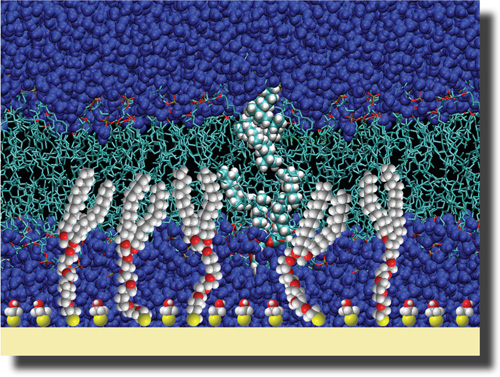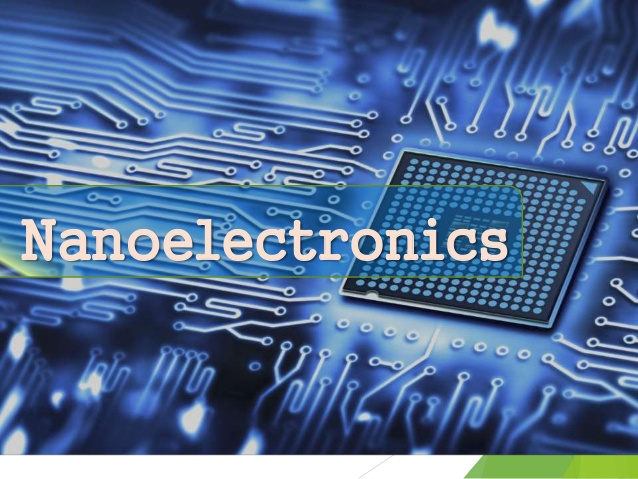🔬 Biological _ Electrical Nanosensors Section
Nanosensors (nanoelectric-biological) and hybrid mode for detection and quantification of species in biological systems
Researcher and Author: Dr. ( Afshin Rashid)
Important note: A biosensor is a group of sensors that are designed to react with only a specific substance. The result of this reaction is a signal that a microprocessor can analyze.
These sensors are used to detect and quantify species in biological systems.
These sensors consist of three parts:
A ) Bioreceptor: A biological element (antibodies, nucleic acids, enzymes, cells, tissues, and other biological materials) that can selectively react with only a specific substance.
b) Detector and transducer: which comes into action after the reaction of a specific substance with biological receptors and can determine the type and amount of the reaction by various physicochemical methods (for example, by examining electrochemical, optical, mass or thermal changes before and after the reaction) and send them to the processor by means of appropriate signals.
C) Signal processors: which are mainly responsible for displaying the results and performing sensor calculations. Biosensors have attracted the attention of many research centers in recent years. Since biosensors are powerful tools for identifying biological molecules, they are now used in various medical sciences, chemical industries, food industries, environmental monitoring, pharmaceutical and health product production , etc. The human sense of smell and taste, which identifies different smells and tastes, or the immune system, which identifies millions of different types of molecules, are examples of natural biosensors. The most common use of biosensors is in medical diagnostics and laboratory sciences. Currently, glucose biosensors are among the most successful biosensors on the market, which are used to measure the blood glucose concentration of diabetic patients. The pancreas of diabetic patients does not produce enough insulin. In such cases , continuous measurement of blood glucose levels is necessary to regulate insulin consumption. Sensors help diabetic patients to measure their blood glucose levels throughout the day. and inject insulin at the required times.
Various applications for biosensors in medicine and clinical applications are envisaged, as mentioned below:
- Diagnosis and treatment of diseases (cancer, diabetes, etc.)
- Diagnosis of diseases at the gene level (cancer, diabetes, etc.)
- Detection of pathogens
- Measuring drugs and their metabolites, discovering new drugs and evaluating their activity
- Evaluation and measurement of analytes in biological samples
- Rapid diagnosis of diseases using rapid or point-of-care tests. The characteristic of these tests is the speed and cheapness of the testing method.
Conclusion:
A biosensor is a group of sensors that are designed to react with only a specific substance. The result of this reaction is a signal that a microprocessor can analyze.
Researcher and Author: Dr. ( Afshin Rashid)
Specialized PhD in Nano-Microelectronics




